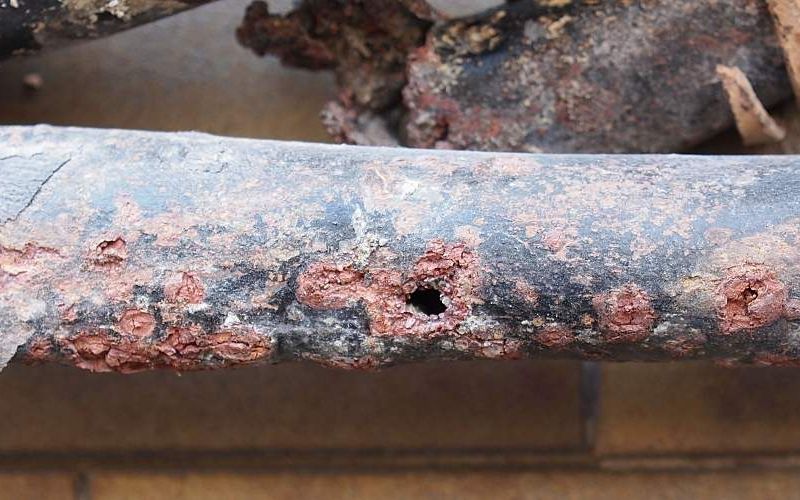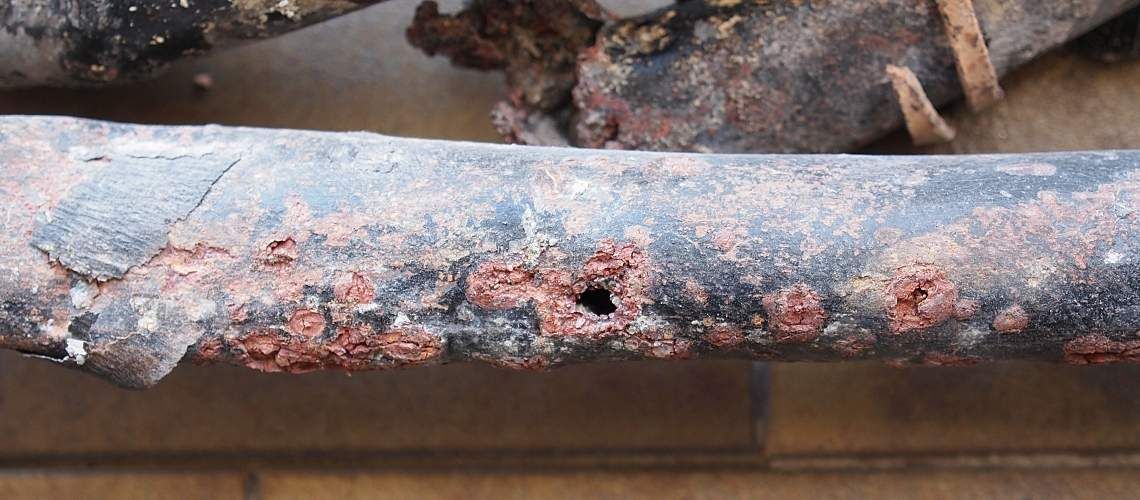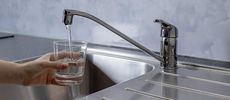EPA Puts Lead and Copper Rule Improvements in Effect


Environmental Protection Agency (EPA) finalized the Lead and Copper Rule Revisions (LCRR) in December 2021, a vital step toward reducing exposure to lead in drinking water, especially for vulnerable populations. In response to feedback from state primary agencies, water labs, and community groups, the Lead and Copper Rule Improvements (LCRI) that went into effect in October 2024 sharpened the emphasis on lead service line (LSL) replacement, enhanced monitoring, and increased transparency.
The LCRI clarifies and expands on several provisions of the LCRR:
- Mandates complete LSL replacement instead of partial replacements, which can lead to temporary spikes in lead levels.
- Lowers the threshold action level for lead from 15 ppb to 10 ppb.
- Updates guidance for schools and childcare facilities, including mandatory sampling and communication of results.
- Requires digital data reporting to streamline data sharing between utilities, labs, and regulators.
EPA aims to make the LCRI enforceable and effective by integrating scientific advances and real-world lessons. For water systems and water test labs, the revisions bring tighter requirements and more explicit guidance that can result in greater public trust.
Let's take a closer look at the LCRI provisions.
Moving to Proactive Protection
The LCRR is built on the foundational 1991 Lead and Copper Rule, which set action levels for lead (15 ppb) and copper (1.3 ppm) in drinking water. But high-profile crises in Flint, Michigan, and Newark, New Jersey, underscored the limits of reactive strategies. The need for additional measures became clear.
The LCRI takes a preventive approach, starting with complete LSL replacement within 10 years. One of the most consequential changes is the requirement for water systems to inventory their service lines and develop a replacement plan the public can access. This includes identifying service line material for all connections—even unknowns—and prioritizing high-risk areas like schools and childcare facilities.
Revamping Protocols
Another major change is how and where water systems collect water samples. Under the LCRI, the emphasis shifts to sampling from the highest-risk homes—those with LSL or plumbing that contains lead—with revised protocols. Systems must use the "first-liter" and "fifth-liter" sampling techniques to better capture lead release from the faucet and the service line.
For water labs, these changes require tighter coordination with utilities and more detailed reporting. Labs may see an increase in sample volume, but more importantly, they must follow updated analytical procedures to ensure compliance. EPA Method 200.8 (ICP-MS) remains a cornerstone, but stringent quality control (QC) and detection limits are more critical than ever.
Increasing Transparency
The LCRI also introduces new requirements for public communication and consumer notification. When lead concentrations exceed the action level, utilities must notify affected households within 24 hours—much faster than the previous 30 days. Utilities must also provide annual public education and make their LSL inventories available online.
For water systems, this prioritizes data accuracy and clarity. For labs, it elevates the importance of defensible results, meaning trace-level precision, reproducibility, and rapid turnaround.
Changing Expectations
Water testing labs play a pivotal role in detecting, verifying, and communicating lead levels. As testing strategies evolve, so do expectations:
- Method validation and QC procedures must be solid, especially for low-level detection.
- Client education becomes critical, as utilities depend on labs to explain sampling logistics, chain of custody, and regulatory thresholds.
- Proficiency testing and accreditation may need upgrading as state certification programs align with the LCRI standards.
Labs that update standard operating procedures, train staff, and invest in automation or data tools will better equip themselves to support clients through the transition.
Meeting Imperatives
Lead contamination can be a public health crisis with potential negative consequences that span generations, from learning disabilities to reproductive harm. The LCRI revisions and improvements require the water sector to upgrade efforts to keep water safe and offer a roadmap to follow. Water utilities and labs can protect public health and increase trust in drinking water safety by doing so.






